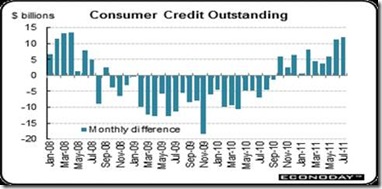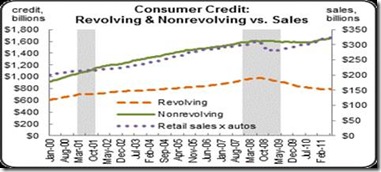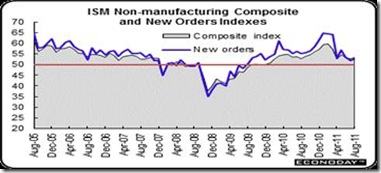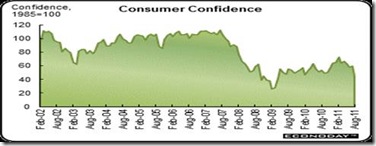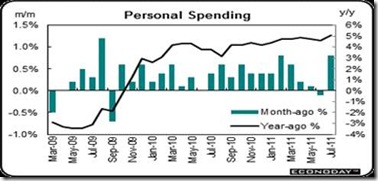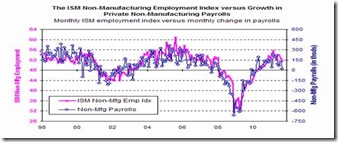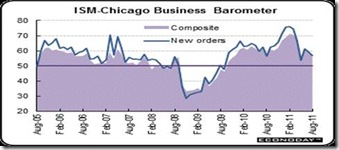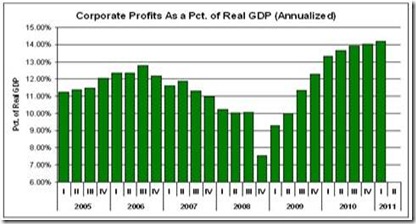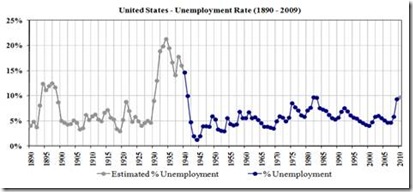There is no reason to accept what pundits and some economists are telling us we have to accept—a ‘new normal’ for economic growth that is some kind of growth recession. Because we have the means to spur sufficient economic growth, if only we will reject an insidious disinformation campaign that discredits all scientific and factual reality, a campaign that can only work if we listen to those who would blame others for the Great Recession—and who blame immigrants, the budget deficit, too much government, or too high taxes in order to justify further spending cuts.
A growth recession is what the Japanese have experienced ever since their twin real estate and stock bubbles burst circa 2000, because they didn’t cure the ills that caused their bubbles, or spend what it took to revive their economy until it was too late to prevent more than a decade of deflation and poor economic growth sound familiar?).
The ‘new normal’ of growth we are currently seeing is really a product of the so far successful Republican campaign to oppose any kind of stimulus spending. But they can only do this by dumbing down the electorate or (at least their own constituency) that believes austerity is more important than job creation, that cutting taxes for the richest is more important than repairing our aging infrastructure, or protecting the environment, or even maintaining social security and Medicare.
The Republicans answer to Obama’s $447 billion job formation bill was predictable. House Majority Leader Boehner said long term tax hikes should not pay for short term stimulus, which is not being truthful. The tax hikes are paying for long term jobs—in infrastructure, education and environmental protection. And the tax hikes on itemized deductions for the wealthiest 2 percent would cut some $400 billion from the deficit over the next 10 years, since those tax breaks are being paid for with borrowed money. Another $62 billion of the deficit would be cut by eliminating the various tax breaks on oil and gas, private equity partners, and corporate jets.
Republicans are, in a word, trying to convince us what is in effect a ‘new normal’ of ignorance, a wholesale ignorance of reality based facts—whether economic or scientific. For instance, how can anyone believe Republicans who maintain Obama’s stimulus spending created zero jobs, when the CBO says it created or preserved 1.4 to 4 million “Full Time Equivalent jobs to date? Or Rick Perry’s blatant untruths about social security being a “Ponzi scheme”, global warming not having a scientific consensus when his own Texas is burning because of a record drought, and evolution is just one competing theory?
Their campaign is insidious, as the discounting of facts does appeal to their base of support on the extreme religious right. They have to keep their electorate ignorant, if they want to transfer even more wealth to Wall Street by privatizing social security while advocating deregulation when that is what caused the market crash.
Republican House Whip Eric Cantor tries to justify his opposition to paying for the jobs bill by saying it’s a tax on the “job creators”. But the only job creators will be government tax dollars returning to the private sector to create more private sector jobs, when the private sector isn’t hiring.
And social security and Medicare are really only in danger of running out of funds if Republicans and their conservative backers won’t support the actual reduction of federal debt, rather than keep the tax cuts and loopholes that have transferred so much wealth to the wealthiest, and continue to oppose regulations that would lower health care costs. As a result corporate profits are now highest in history as a percentage of GDP, as we have said.
A growth recession is not what we want. The Japanese are bedeviled by debt that is now 200 percent of GDP, as they have allowed deflation and a cheap currency to facilitate exports, but has suppressed domestic demand—mainly because such a deflationary spiral means their citizens’ wealth continues to decline.
There are other reasons for Japan’s economic decline—reacting too slowly to the bubbles and so choosing austerity instead of pump priming (sound familiar?), static population growth (because of immigration restrictions), and a keiretsu economic system of interlocking ownerships that has banks owning aging corporations they kept afloat too long rather than putting money into new growth opportunities.
But there is no reason we should follow Japan’s example. Instead, we have to turn back 30 years of conservative attempts to shrink government with a vengeance that has not really transferred wealth to the private sector—except to their wealthiest supporters. But it will take the growing anger of the unemployed and under-employed to accomplish it—such as happened with Wisconsin’s public workers—rather than angry Tea Partiers blaming welfare immigrants and the lazy jobless for budget deficits that are only growing because of the disinformation campaign that attempts to dumb down voters.
Harlan Green © 2011


